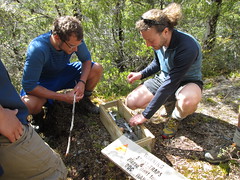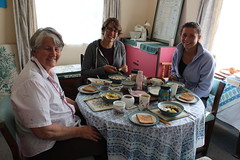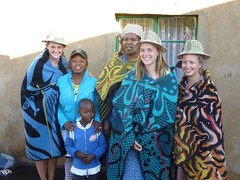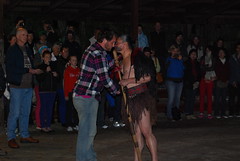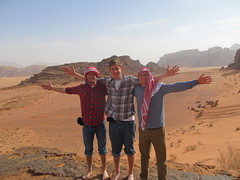 Eight hours ahead of our home in Harrisonburg VA, we are all together on a Sunday night after enjoying a worship service together as a group. This is … Continue Reading ››
Eight hours ahead of our home in Harrisonburg VA, we are all together on a Sunday night after enjoying a worship service together as a group. This is … Continue Reading ››
Exploring Jordan from the desert Wadi Rum to the Red Sea
 Eight hours ahead of our home in Harrisonburg VA, we are all together on a Sunday night after enjoying a worship service together as a group. This is … Continue Reading ››
Eight hours ahead of our home in Harrisonburg VA, we are all together on a Sunday night after enjoying a worship service together as a group. This is … Continue Reading ››
